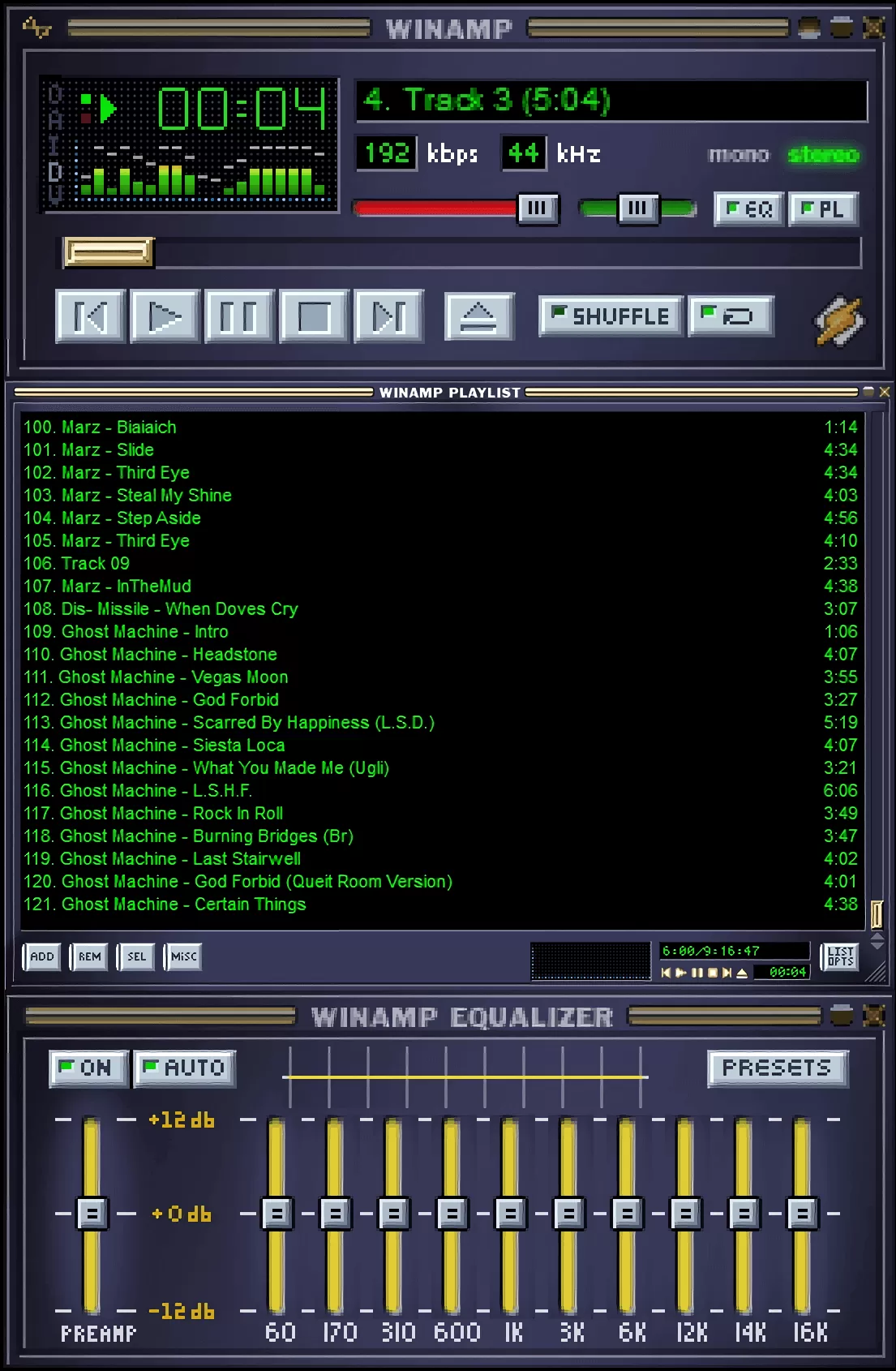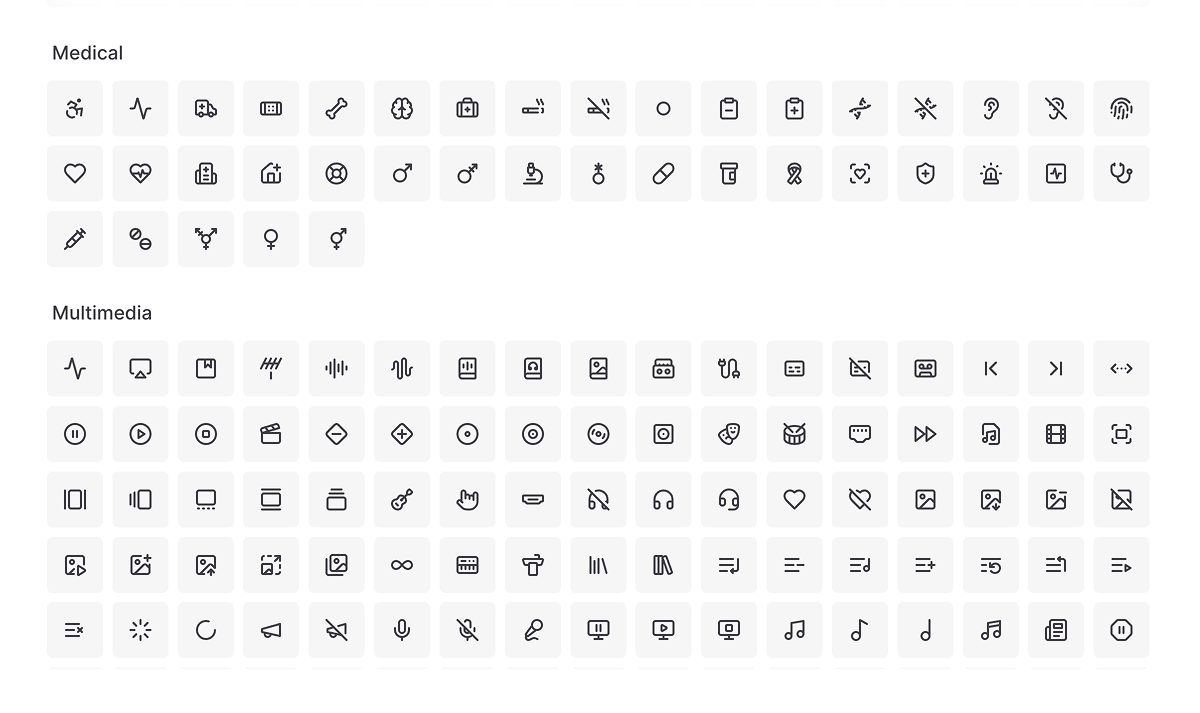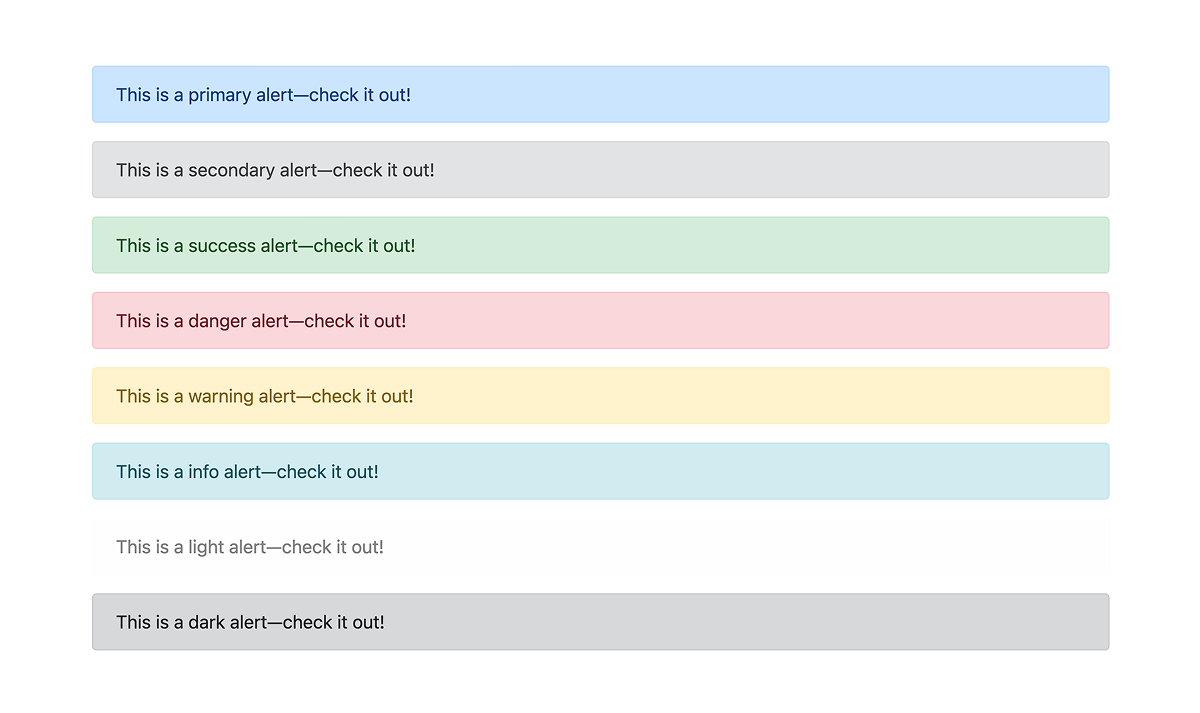Match Between the System and the Real World
The design should speak the users' language. Use words, phrases, and concepts familiar to the user, rather than internal jargon. Follow real-world conventions, making information appear in a natural and logical order.
The digital world often takes ideas from the real world. This heuristic is about making systems feel familiar and simple to understand.
If you order a coffee with a caramel syrup, and it turns out that they don't have it, the barista will not say to you, "Error 404: syrup not found", right?
Therefore, the language, behavior, shape, and overall appearance of items should be familiar to users. And the main idea is that these things come from the real world.
Examples of how real-world objects and concepts are mirrored in digital interfaces
Skeuomorphism
Skeuomorphism was most popular in digital design from the late 1990s to early 2010s.
Skeuomorphism is a term most often used in graphical user interface design to describe interface objects that mimic their real-world counterparts in how they appear and/or how the user can interact with them.
One of the most famous examples of skeuomorphism is probably the good old Winamp player.

Over time though, the popularity of skeuomorphism has drastically declined. As digital interfaces became more common, users no longer needed excessive real-world metaphors. At the same time, the flat design looked cleaner and less cluttered.
Icons
Icons very often resemble real-world objects, whether they have flat design or not.

Colors
Colors also play their role in design. In the real world, some colors may convey some information. The most obvious example is using green for success messages and red for error messages. But it may be deeper. For example, some cafe websites use brown colors to convey the look and feel of coffee.

However, remember that there are cultural differences, and make sure that the colors you use don't convey something misleading.
Mental models
A mental model is what the user believes about the system (web, application, or other kind of product) at hand. Mental models help the user predict how a system will work and, therefore, influence how they interact with an interface.
For example, in the real world, you throw unwanted items into a trash bin. Operating systems also store deleted files in a trash bin before permanently removing them.
There are a lot of mental models that came from the real world:
- Folders and documents
- Shopping carts
- Wallets and digital accounts
- Sticky notes
- And many more.